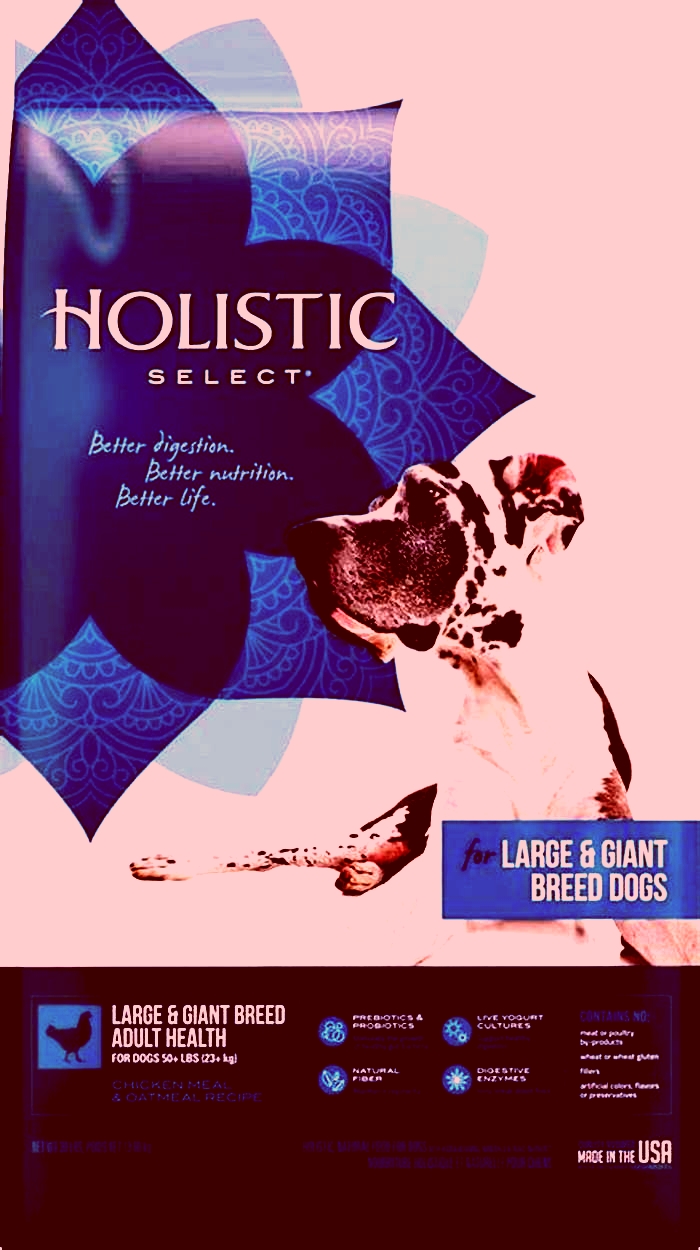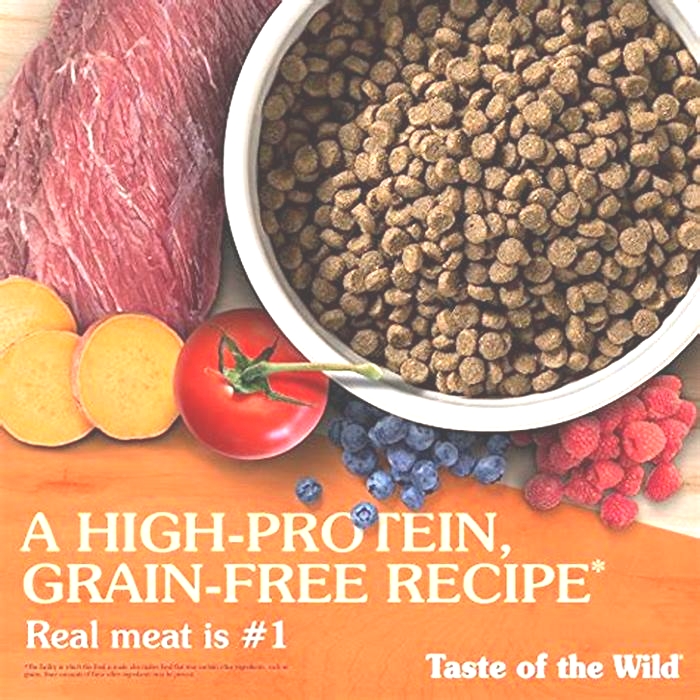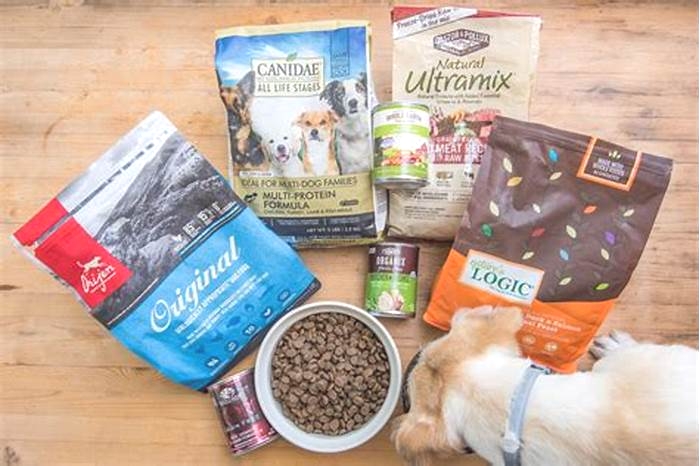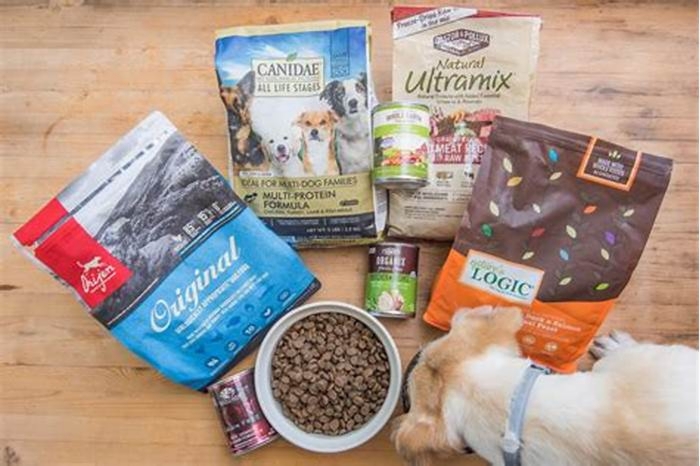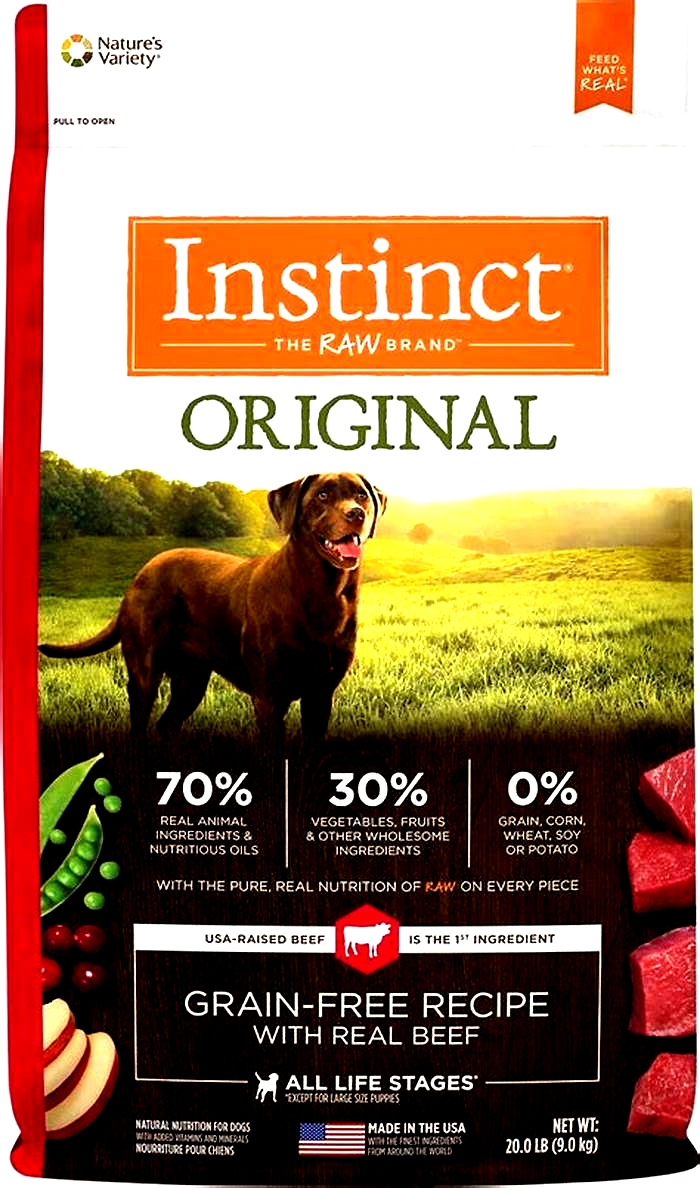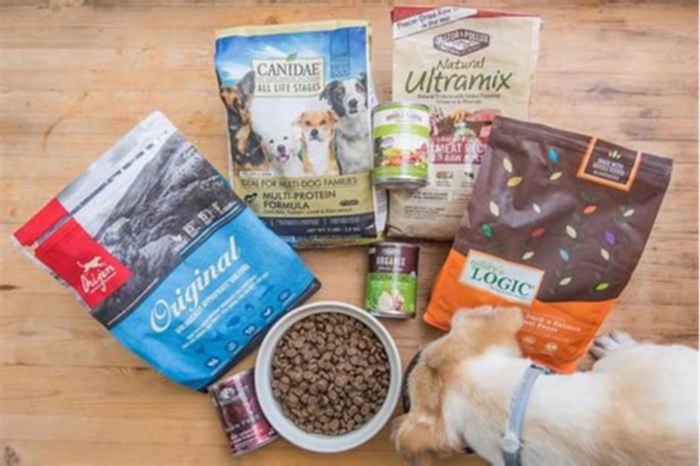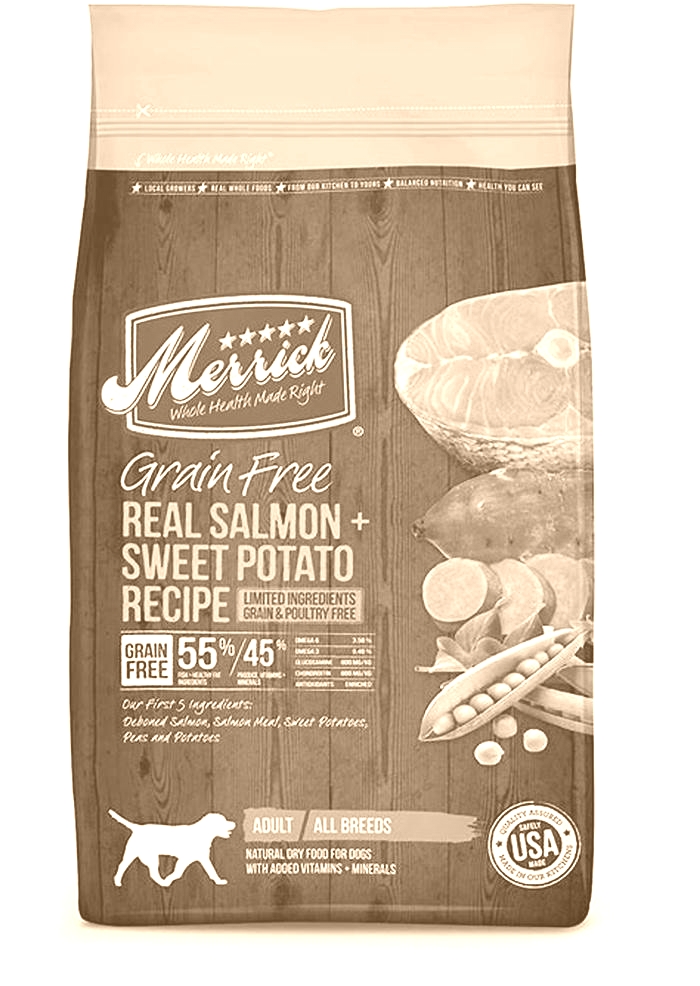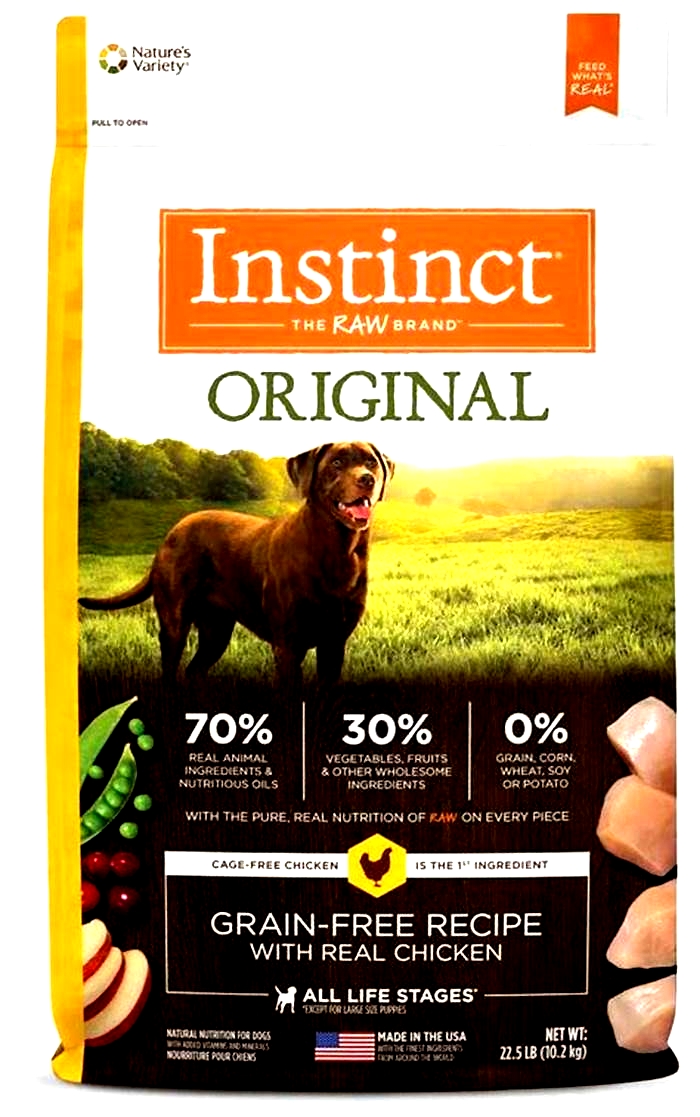best dog food for constipated dogs
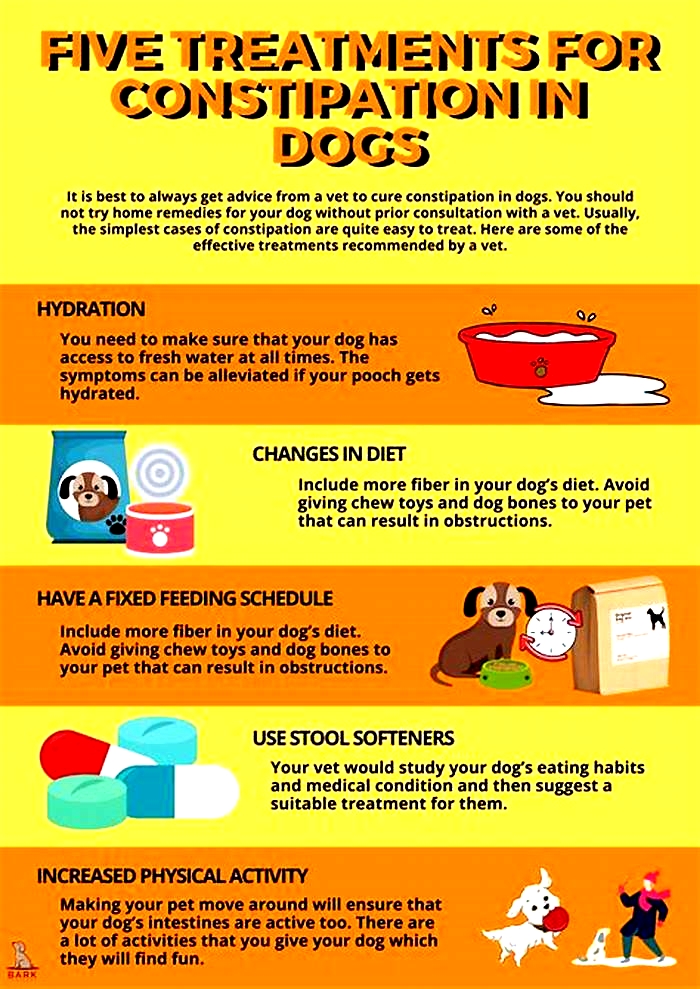
What Can Dogs Eat When They Are Constipated? 9 Common Remedies
As much as we may dislike picking up dog poops during toilet time, a well-formed poo can be appreciated as a sign our dog is eating well with a functioning gut. Even your veterinarian will often ask about bowel movements to get a good picture of your dogs overall health.
On average, dogs poop 1-2 times every 24 hours. However, this can vary slightly from dog to dog and can depend on the type of diet. You are correct to become concerned if your pup poops less than once every 48 hours; theres a chance that he is constipated!
There are several different reasons that constipation happens in our canine companions. Read on to learn more about constipation in dogs and what the best foods are for a constipated pooch.
What Is Constipation?

Constipation occurs when waste moves too slowly through the gut or stops and forms a blockage. It may be accompanied by straining during pooping and the production of hard feces that are difficult to pass. Signs of severe constipation, which would require an emergency trip to the veterinarian, include vomiting, lethargy, bloody stool, abdominal discomfort, and a 72-hour or more delay between bowel movements.
What Causes It?

Causes of constipation include:
- Lack of fiber in the diet
- Impacted anal glands
- Intestinal disorders
- Hernias
- Spinal pain
- Swallowing objects that get stuck in the gut
Many of these will require veterinary intervention for treatment, so it is important to pick up on clinical signs as early as possible.
What Can I Feed My Dog For Constipation?

Many causes of constipation will not be solved by a simple diet change. You must see a veterinarian for a dog that is showing severe clinical signs. Some cases may even require surgery and an extended stay in the clinic if they are not caught early. For mild constipation, you can start by modifying your dogs diet to help ease uncomfortable symptoms.
Constipation-Easing Treats
The following are some veggies you can add to your poochs diet or give on their own. They tend to be high in fiber, which will help keep things moving in the gut. Treats in the diet should make up no more than 10% of your dogs daily calories. Thankfully, a few high fiber vegetable options with different caloric values fit in with a range of doggy meal plans.
Plain Canned Pumpkin

Canned pumpkin is easy to serve right out of the can. It can be added to your dogs meal or given as a treat. Canned pumpkin has 25 calories per quarter cup. When choosing canned pumpkin, double-check the label to confirm that you have pumpkin puree rather than pumpkin pie filling.
Canned pumpkin pie filling contains sugar, which will greatly increase the calorie count, as well as a selection of spices that may be unsafe. So its important to make sure that you account for this in Fidos daily calorie intake if you plan to feed it to your pup.
Carrot

Some dogs will happily chomp on a carrot and enjoy the crunch. Others might prefer it to be grated and mixed into wet food. Carrots can also be steamed or boiled and then mashed. A quarter cup of grated carrot contains 12 calories, while a medium carrot is 25 calories.
If your dog chooses to eat whole fresh carrots, make sure they are properly chewing their bites. A very large chunk of carrot in the gut might have a hard time passing through and can lead to an obstruction or cause your dog to vomit.
Celery

Another great vegetable with high moisture content and a tasty crunch is celery. Again, ensure your pup is chewing so any large pieces dont get stuck in the gut. Cut them up if possible, to make it easier for your pup to consume. Each stalk of celery contains around 16 calories.
Zucchini

Zucchini is a soft vegetable. This makes it easy to chew, even for older dogs who might be missing some teeth. Zucchini is a great choice for dogs who dont have much room in their diet for too many extra calorific treats. A half-cup, chopped, is only 10 calories.
Constipation-Reducing Diets

If your pup is struggling to use the restroom, you can try making dietary changes as long as its been approved by your vet. Moving your pup to high-fiber dog food can help. But you can also add some wet dog food, and other ingredients to try and help get things moving.
High Fiber Diet
To help with constipation, one of the most beneficial nutrients is fiber. Fiber comes in two forms: soluble and non-soluble. The soluble form of fiber absorbs water as it moves through the gut and can delay the passage of feces. Non-soluble fiber moves through the gut, largely unchanged, and quickens the movement of things through the gut.
Fortunately, you can get a good idea of the non-soluble fiber content of a food from the label. The guaranteed analysis should list the as fed crude fiber value of the food, which will be closely representative of the non-soluble fiber content.
A good level of dietary fiber is at least 7% on a dry matter basis. You can learn how to convert the as-fed crude fiber value to a dry matter basis right here.
High-Moisture Diet
Water consumption is known to help with constipation. Choosing a high moisture diet such as a canned food will ensure there is plenty of it to go along with every meal.
Additional At-Home Remedies

There are a few tricks, other than altering the diet, which can help stimulate your dog to poop. Remember to always keep an eye out for symptoms of severe constipation as a sign that you should book an emergency visit with the veterinarian.
Psyllium Fiber
Psyllium fiber supplements are often used to help with constipation in people. You will likely find them in your local grocery store. They are low in calories but may not be very tasty. The best way to feed them is by mixing them into wet food or a gravy-like treat. Give no more than two teaspoons in 24 hours.
Consult with your veterinarian if constipation has not improved within 48 hours of giving the supplement. When picking out a psyllium fiber supplement, choose one with no added sweeteners or flavorings, which can be toxic to dogs. Ones, in particular, to watch out for are xylitol and chocolatethese are both toxic to dogs!
Increasing Water Intake
Just as a high moisture diet can stimulate movement in the gut, encouraging water intake can have the same effect. Always have a freshly topped-up bowl of water available. Some dogs are more likely to drink if they have multiple bowls available in different locations.
Chicken Broth
You can add a cooled plain chicken or beef broth to one of their water bowls for an extra treat, but be sure it . However, keep in mind that broth can have up to 86 calories per cup, so ensure to fit this around a healthy treat allowance. Further, many commercial meat broths include onions or garlics, so be sure to check the ingredients before serving.
Play Fetch
A good run or heavy session playing fetch might be just the ticket for getting bowels to pass. Exercise is known to help encourage pooping. Even simply spending more time outdoors can be a good reminder for our dogs to try to get on with their poop schedule.
Probiotics
Probiotic supplements and food additives are now available for dogs and may prove a great solution if it suffers from constipation. By supporting a healthy microbiome in your canines gut, your dogs digestive health should improve within a few weeks of starting a probiotic regimen. But, as with all dietary changes, consult your vet before introducing this new variable.
What Will My Vet Recommend?

If your dog is presented to the vet with constipation, shell want to do a thorough review of the history to work out the reason. Your veterinarian will review their medical history to decide which diagnostics to pursue in looking for the root cause of constipation.
The vet will perform a full physical examination and may include x-ray images to better view any potential obstructions. In some cases, laboratory analysis of the blood and urine will be recommended to check for systemic problems.
Veterinary treatment of constipation can range from recommending a simple dietary change to full gastrointestinal surgery. Thankfully, veterinarians also have access to a range of clinical-grade laxatives they may recommend depending on the cause of constipation. Fluid therapy may also be used with other treatments to ensure proper hydration.
Highly Digestible Diets

A dog may poop less if his food contains less fiber. This does not mean he is constipated. There are benefits to having fiber in the diet and passing feces. The anal glands are stimulated with bowel movements and this avoids a painful situation in which they become impacted and need to be expressed by the veterinarian.
Frequently Asked Questions
Can milk help dogs with constipation?
Adult dogs should not be given milk because they are unable to digest the lactose it contains. The same goes for cottage cheese, or any other dairy products.
How long can a dog safely go without pooping?
Dogs should poop at least once every 48 hours. If your pup has not pooped for over 72 hours, you should book a checkup with your veterinarian.
What is a natural laxative for dogs?
Dietary fiber is a natural laxative for dogs. Before choosing to add any fiber-rich ingredients to your dogs diet ensure that they are dog-friendly and wont cause any dietary imbalance.
Final Thoughts
With this information, youll be able to monitor your dogs pooping schedule like a pro. Youll also know what to do if things seem amiss. Most of the time, constipation is temporary, and easily fixed. You should always consult with your veterinarian if you arent sure about your dogs bowel movements. If something seems off, its always worth a quick trip to your vet!
Dog Constipation: Causes, Diagnosis & Treatment
Constipation refers to an inability to produce normal stools on a regular schedule, which, for a dog, is generally once or twice per day. Dogs who are suffering from constipation will not go at all, strain to defecate, or produce rock-hard stools.
In chronic cases, dogs may retain hard, dry fecal matter in their digestive tracts. This is known as obstipation, in which there is so much fecal matter that it becomes compacted and the dog cannot defecate at all. Luckily, there are ways to help relieve dogs of constipation, including stool softeners.
What Are the Signs of Dog Constipation?
The signs of constipation are pretty obvious, including:
- Lack of defecation for a few days;
- Hard, dry stools that feel like pebbles when you pick them up.
Two other signs of discomfort are associated with constipation, including:
- Tenesmus, which includes straining to defecate with little or no result, or producing small amounts of liquid fecal matter mixed with blood;
- Dyschezia, which is painful or difficult defecation.
What Causes Constipation?
Under normal circumstances, fecal matter travels through the digestive tract, reaching the colon where water and electrolytes are absorbed from the mass. Water reabsorption is the colons main function.
Fecal material in the colon is moved through a process known as peristaltic waves. If this process becomes impaired or slowed, the fecal mass will stall in the colon and continue to lose moisture, becoming hard, dry, and, ultimately, impossible to pass.
Scientists have long used a term usually associated with geologyconcretionto describe stool that is as hard as a rock.
Most Common Causes
Veterinary textbooks list scores of underlying causes, some as benign as lack of exercise, others much more serious problems, like cancer. Veterinarians categorize these causes, based upon where the problem occurs along the digestive tract. They use the words:
- Interluminal (referring to blockages inside the colon)
- Extraluminal (obstructions originating outside the colon, such as tumors or pelvic fractures)
- Intrinsic (diseases and nerve injuries)
Some of the most common reasons dogs become constipated include:
- DietAs in humans, a diet lacking in fiber is often the problem. Also, unlike humans, dogs tend to eat things that are not foodlike hair, toys, and kitty litterand these may cause blockages and abnormal fecal transit. Bones, bone meal, and other sources of dietary calcium can contribute to constipation.
- AgeElderly dogs seem more prone to constipation.
- Activity levelFor reasons unknown, being sedentary often results in slower transit.
- Digestive tract tumors
- Tumors that narrow the pelvic region
- Anal gland issues
- Prostate enlargement
- Dehydration or electrolyte imbalances
- Drugs, including opiates, diuretics, antihistamines, some antacids, certain cancer drugs
- Metabolic diseases, like hypothyroidism and renal (kidney) issues
- Spinal diseases and injuries
- Central nervous system disorders
- Stress and psychological problemsSomething in the environment that will lead a dog to hold it.
- Orthopedic disorders that make it difficult for the dog to squat.
- SurgeryMedical procedures, and the drugs administered during these procedures, may result in constipation. Call your vet for advice if you observe this in the post-surgical period.
What To Do If Your Dog Is Constipated
If the problem has just startedno more than a day or twoa few home remedies might get things moving again. Call your veterinarian before adding any supplements and keep in mind that no one strategy works for all dogs. But some of the old-standbys for treating constipation include:
- PumpkinWeirdly, this dietary fix works in some dogs for either constipation or diarrhea. It is high in both fiber and moisture, and many dogs like the taste, so theyll happily take this medicine. There are several recipes for tasty pumpkin treats that dogs love, although for regulating the digestive tract its probably best to give it straight. Try pure canned pumpkin or a pumpkin powder.
- Canned dog foodElevated moisture content of canned food may help regulate the system.
- Powdered fiber supplements
- Food and herbs, such as ginger, wheat bran, powdered psyllium seeds, and olive oil, may help. A 2011 study, exploring treatments for constipation in humans, showed that fig paste was effective for treatment of constipation in their research colony of Beagles. Foods that help humans with the problem are likely fine for dogs, but it always is prudent to check with your vet.
- HydrationMake sure your dog has access to fresh water and maybe electrolyte supplements.
- Exercise
- Stool softeners
When To Take a Constipated Dog to the Vet
Its a good idea to call the vet as soon as you become aware of the problem. Constipation can be a sign of some very serious diseases.
Long-term or chronic constipation may lead to a buildup of dried fecal matter that gets stuck in the colon, known as obstipation. This may contribute to another condition marked by an inability to defecate normally megacolon. The colon becomes distended and loses its ability to move feces along. Chronic constipation is both a contributor and a sign of this disorder.
When you visit the vet, make sure you come armed with as much information as possible, including:
- The last time your dog had a normal bowel movement
- Stool color and consistency
- Changes in the dogs diet or routine
- Non-food items the dog may have eaten (this can include anything from bones to kitty litter)
- Straining or pain while trying to go
- Drug treatments
- Injuries
- Other signs of distress or discomfort, especially vomiting, lethargy, or a bloated appearance.
Depending upon the duration and severity of the symptoms, the veterinary exam may consist of:
- Abdominal palpation
- Rectal exam
- Radiographs of the abdominal area
- Barium enema
- Ultrasound or colonoscopy
- Complete Blood Count
- Urinalysis
- Neurological exam
Veterinary Treatment and prevention
Most cases will resolve with mild treatments, such as boosting liquids and dietary fiber or getting more exercise. Laxative suppositories and enemas may be helpful, but should only be used with guidance from a veterinarian, especially if they are needed for long periods.
More extreme cases will require such medical interventions as:
- Manual removal of impacted feces
- Drug to activate normal colon function or to block the production of certain enzymes.
- Surgery may be needed in very rare, extreme cases, usually for megacolon. One surgical procedure is known as a colectomy, in which sections of the colon are removed.
For most dogs, constipation will be an infrequent problem, kept under control through a well-balanced diet, access to fresh water, and regular exercise.

